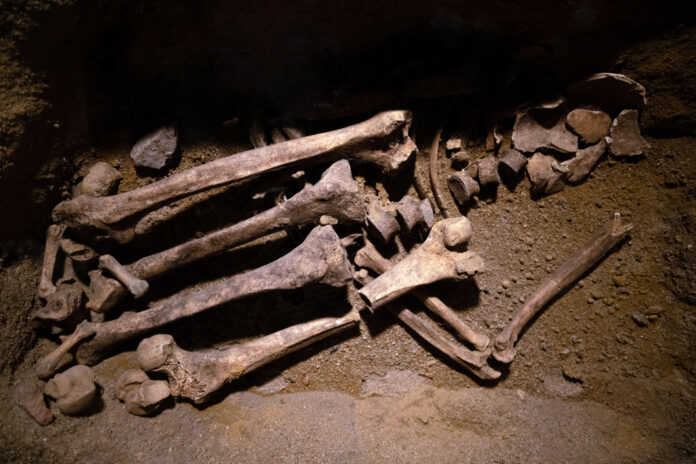The Ushikawa man fossils found in the late 1950s turns out not to be bona fide.
After the bones were discovered in a Toyohashi quarry in 1957 and 1959, they were reported to represent rare examples of Late Pleistocene human remains. However, doubts about the accuracy of that identification started bubbling up soon after the finding. Those concerns increased in the ‘90s, with some suggesting that the fossils might be animal, not human remains. But without any formal research, that hunch couldn’t be verified.
Now a team led by paleoanthropologist Gen Suwa of the University of Tokyo’s University Museum and his colleagues have, after detailed analysis, confirmed that the bones came not from an ancient human, but a 20,000-year-old bear and reported their findings in the journal Anthropological Sciences.
The Truth About the Famous Fossils
The team compared the Ushikawa Man fossils with bones from 24 specimens of brown bears and Asiatic black bears. They used a variety of observational measurements and techniques.
Then they took CT scans of parts of the Ushikawa Man fossils and some of the comparative specimens. They analyzed the fossils using cross-sectional imaging and 3D modeling to reach their conclusion.
“From these observations and taking into account the individual variation in bear bone morphology, we were able to determine that the Ushikawa ‘human humerus’ fossil is a fragment of the shaft of a bear’s radius, and that the femoral head fossil is also bear bone,” said the authors in the paper.
Ironically, the now-falsified finding helped energize Japanese paleontology and archeologists.
Read More: 5 Skulls That Shook Up the Story of Human Evolution
Historical Context
The explanatory text describing replicas of the replicas on display in the Toyohashi City Museum of Art and History will be updated.
“Although the ‘Ushikawa man’ remains were found to be nonhuman, their historical scientific significance as a contribution to the subsequent development of paleoanthropological research remains unchanged,” was quoted in the Japanese newspaper Mainichi.
Noboru Murakami, the museum’s head curator, said that bear bones more than 20,000 years old are still valuable historically. The explanatory text of the replicas on display in the museum will be updated.
Read More: 10 of the Most Important Neanderthal Fossil Discoveries
Article Sources
Our writers at Discovermagazine.com use peer-reviewed studies and high-quality sources for our articles, and our editors review for scientific accuracy and editorial standards. Review the sources used below for this article:
Before joining Discover Magazine, Paul Smaglik spent over 20 years as a science journalist, specializing in U.S. life science policy and global scientific career issues. He began his career in newspapers, but switched to scientific magazines. His work has appeared in publications including Science News, Science, Nature, and Scientific American.
Source : Discovermagazine







